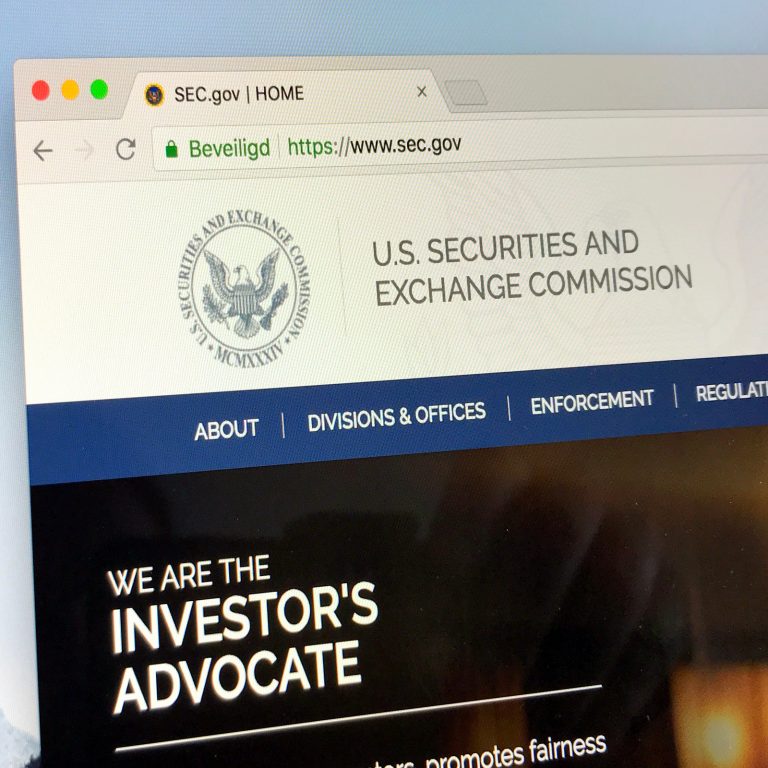Quebec, now becoming fast becoming North America’s mining hub due to its cheap energy prices, is under pressure to clarify exactly what Hydro-Quebec has planned for the province’s future; a recent interview with the public utility reveals some of the misconceptions and truths behind recent public criticism.
Much of the criticism has come from the non-mining majority, who are concerned about crypto mining activities increasing power costs and small mining operations, resulting in new requests from crypto miners to operate being temporarily suspended, pending the results of a moratorium.
As Bitcoin News recently reported, under new rules there is to be a total of 500 MW set aside for cryptocurrency mining in the Province, and the rate will be hiked by at least 1 Canadian penny (CAD 0.01) for cryptocurrency miners. Additionally, Hydro-Quebec will be able to decrease or shut off electricity a maximum of 300 hours a year in order to meet the demand of normal customers in a shortage situation.
Is this then the death knoll for crypto mining in Quebec, and are small operators being edged out of what is a highly lucrative market by big investors such as Bitmain? Hydro-Québec public relations spokesman Jonathan Cote recently attempted to answer some of these questions when talking to Bitrates.com.
Cotes claims that accusations that Hydro-Quebec has single out crypto-mining for punitive treatment is simply a “myth” and sees the industry as “a good opportunity”. He suggested that the moratorium on crypto mining had actually delayed potential business, but a framework was essential for the province to make mining “manageable”.
He went on to explain the necessity to implement a moratorium on selling electricity to Quebec’s crypto mining companies was due to recent spiralling requests from applicants, resulting in 300 extra companies wanting to do business in Quebec to the tune of an extra 18,000 MW of electricity.
Cotes argued that the province simply can’t deal with that block of power being allocated to the new industry in light of the way Hydro-Quebec allocates and divides its power into different areas. Crypto mining comes into what the utility calls “the Heritage Pool”, an allocation of 1,500 MW to high tech operations and greenhouses. This pool is the reason why Quebec’s power is kept low. Any extension of power beyond the pool would put simply, result in an increase in prices for all consumers.
Another factor is that energy is not distributed equally throughout the year given the region’s severe winters, requiring a massive boost then to cover heating. This would effectively limit blockchain projects’ usage in the winter months. Basically, public heating is seen by the utility as a greater priority.
When asked what Cotes saw as the benefits of attracting Bitcoin mining to Quebec, he commented:
“It will bring new revenue for Hydro-Québec, which is state-owned, so it means more profit that will allow us to pay a higher dividend to the government, which is then used to support public services and infrastructure… It can create jobs.”
Follow BitcoinNews.com on Twitter at https://twitter.com/bitcoinnewscom
Telegram Alerts from BitcoinNews.com at https://t.me/bconews
Image Courtesy: Pixabay
The post Hydro-Québec Sets Out Clear Vision for Crypto Mining Future appeared first on BitcoinNews.com.

 Fortune magazine’s annual 40 Under 40 is out, recently published in print and online, highlighting leaders under forty years of age. This year, the cryptosphere is well represented by Ethereum’s Vitalik Buterin, Coinbase’s Brian Armstrong, and Robinhood’s Vlad Tenev. Wielding billions and billions in valuations, their average age is just a tender 30 years old. […]
Fortune magazine’s annual 40 Under 40 is out, recently published in print and online, highlighting leaders under forty years of age. This year, the cryptosphere is well represented by Ethereum’s Vitalik Buterin, Coinbase’s Brian Armstrong, and Robinhood’s Vlad Tenev. Wielding billions and billions in valuations, their average age is just a tender 30 years old. […]





 The market got a shot of adrenaline on Monday on the rumors that the world’s biggest asset manager BlackRock was investigating trading cryptocurrencies and even establishing a bitcoin exchange traded fund (ETF).
The market got a shot of adrenaline on Monday on the rumors that the world’s biggest asset manager BlackRock was investigating trading cryptocurrencies and even establishing a bitcoin exchange traded fund (ETF). A great deal of cryptocurrency proponents are hoping for a positive outcome when the US Securities Exchange Commission (SEC) decides on whether or not they will approve the latest bitcoin-based ETF application file by Cboe. The US regulator had asked for public opinion concerning the ETF again, and this time around the number of responses […]
A great deal of cryptocurrency proponents are hoping for a positive outcome when the US Securities Exchange Commission (SEC) decides on whether or not they will approve the latest bitcoin-based ETF application file by Cboe. The US regulator had asked for public opinion concerning the ETF again, and this time around the number of responses […]
 Virtual currency enthusiasts really want a bitcoin-based exchange-traded fund (ETF) approved by US regulators. Over the past few weeks, since Cboe
Virtual currency enthusiasts really want a bitcoin-based exchange-traded fund (ETF) approved by US regulators. Over the past few weeks, since Cboe 




